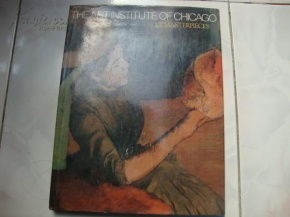Introduction: Fishing is a timeless activity that brings families together, creates lasting memories, and instills a sense of patience and respect for nature. Teaching your kids how to fish can be an enjoyable experience, and with these simple tips, you can make it an unforgettable one. In this article, we will discuss how to get started with fishing, essential gear, and techniques to make the experience fun and rewarding for both you and your children.
Choose the Right Location: Select a family-friendly fishing spot that is safe, accessible, and has abundant fish. Public parks, lakes, and rivers often offer designated children's fishing areas with easy access to shallow waters. Make sure to check local regulations and obtain any necessary permits before heading out.
Get the Right Gear: Invest in a lightweight, durable rod and reel that is appropriate for your child's age and strength. A spinning rod is generally a good choice for beginners. Also, purchase a rod with a comfortable grip and a smooth casting action. A basic tackle box with hooks, sinkers, bobbers, and a few artificial lures or live bait will suffice for a start.
Teach Proper Casting Techniques: Demonstrate and practice the basic casting techniques with your child. Start by teaching them to hold the rod with a comfortable grip, then show them how to cast the line with a smooth, controlled motion. Encourage them to practice casting in an open area to avoid snagging on trees or other obstacles.
Explain the Basics of Bait and Lures: Teach your child about different types of bait and lures, and how to choose the right one for the fish they are targeting. Live bait, such as worms or minnows, can be effective, but artificial lures can also be fun to use. Discuss the importance of matching the bait or lure to the fish's natural prey.
Patience is Key: Fishing is a patient sport, and teaching your child to be patient is essential. Explain that fish may not bite immediately, and it's important to wait for the right moment. Encourage your child to observe their surroundings, such as the behavior of fish and the movement of the water, to understand when a bite might occur.
Teach Safety First: Before heading out, discuss safety rules with your child. Make sure they wear a life jacket if they are in a boat or near deep water. Teach them to stay away from dangerous areas, such as fast-moving currents or steep drop-offs. Also, remind them to respect wildlife and the environment by following local fishing regulations and leaving no trace.
Keep it Simple: When teaching your child to fish, keep the process simple and straightforward. Avoid overwhelming them with too much information or complicated techniques. Focus on the basics, and let them progress at their own pace.
Encourage Them to Take Notes: Encourage your child to keep a fishing journal, where they can record their experiences, the types of fish they catch, and the techniques they use. This will help them learn from their successes and mistakes, and make the experience more enjoyable.
Share the Experience: Fishing is a great opportunity to bond with your child. Share stories, jokes, and memories while you wait for a bite. This will make the experience more enjoyable and create lasting memories.
Be Patient and Positive: Remember that learning to fish can be challenging for children, and they may get frustrated. Be patient and positive, and encourage them to keep trying. Celebrate their successes, no matter how small, and they will be more likely to continue enjoying the sport.
Conclusion: Teaching your child how to fish can be a rewarding experience that fosters a love for nature, patience, and family bonding. By following these simple tips, you can make the process enjoyable and memorable for both you and your child. So grab your rod and reel, and head out to create lasting memories on the water!












